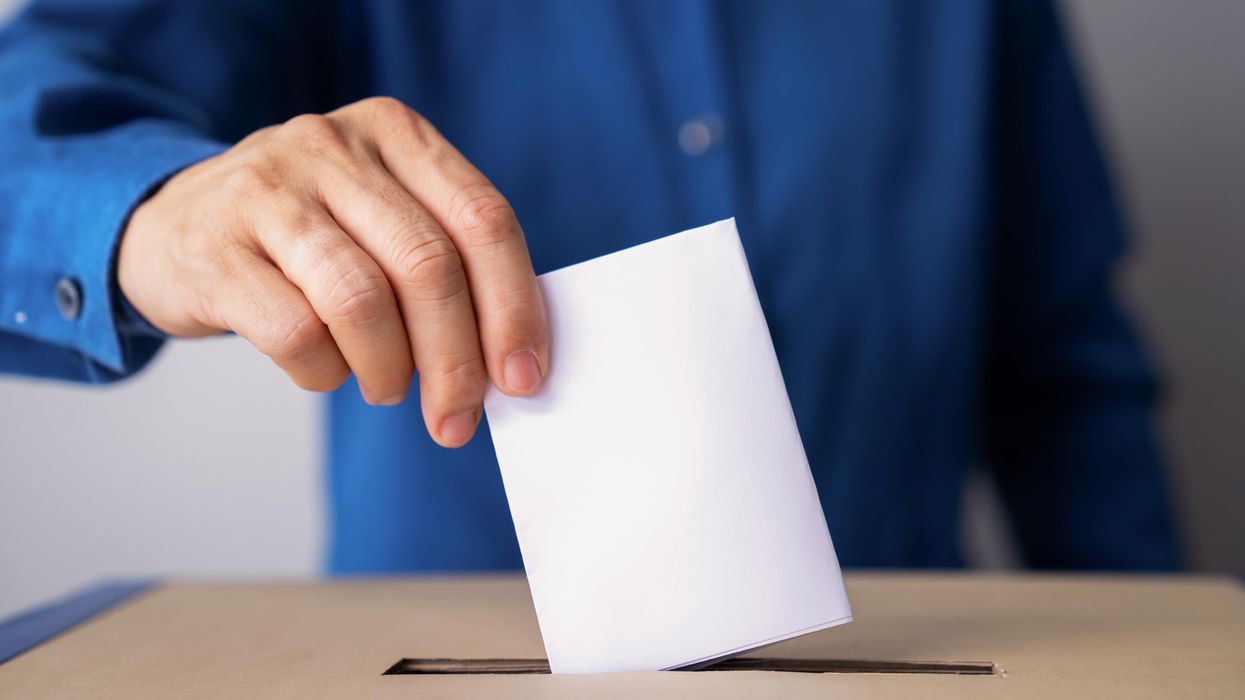Democrats are feeling positively giddy about the recent election results. The Press has noticed. “Total rebuke of the Trump agenda and of Donald Trump,” CNN reported. Democrats are poised to reset from 2024 and reclaim power in the 2026 midterms, said the PBS News Hour. November 4th was the “night Democrats finally stopped losing,” announced Politico.
It was indeed a good night—a very good night—for the Democratic Party. And yet, before we toast the Dems for returning from the political wilderness and we escort Republicans from the political stage, we would be wise to remember a few truths.
Take this NPR story about the resurrection of the Democratic Party and the demise of Trump’s base coalition. The story is titled, “Seven Takeaways from Election Day,” and it begins with the following: “Democrats won up and down the ballot Tuesday night, notably in the governors’ races in Virginia and New Jersey. The victories were a much needed sigh of relief for a party that hadn’t had any high profile victories at the ballot box during the first year of the Trump presidency—despite his record-low approval ratings.” The article goes on to list the so-called “seven takeaways” from election night. They include, “the resistance can win;” “Trumpism has its limits;” the “Progressive Platform gets a boost” (think Mamdani); “the shifting of old political lines continues” (many Latinos, for instance, voted again for Democrats), and perhaps the ultimate takeaway: “voting matters.”
Accurate? No question. Spot-on, really. The article nicely captures the story of the Democratic surge on November 4th. The problem is the piece was written in November 2017, a full eight years before the 2025 election. The article was a debrief of the November election that followed President Trump’s first occupancy of the White House. It’s déjà vu all over again.
That’s a cautionary tale for Democrats. To be sure, the Democrats picked up 40 seats in Congress during the 2018 midterm elections, securing a fairly comfortable majority in the House. But the Republicans gained two additional seats in the Senate that election, thereby maintaining control of the upper chamber. President Trump persevered in his first term to fulfill much of his policy agenda. Indeed, just a month after stumbling in the 2017 elections, Trump passed his signature tax cut. He would go on to curb regulation, impose tariffs, appoint three Justices to the United States Supreme Court, pull America out of the Trans-Pacific Partnership trade deal and the Paris Climate Accords, and on and on. He even established the sixth branch of the military: the Space Force.
Democrats have underestimated Donald Trump ever since he rode the Golden escalator and announced his first bid for the White House. The left left him for dead—at least politically—during the initial years of his first term. They called him a fool, an incompetent, and an embarrassment. They ridiculed him for suggesting Americans drink disinfectant to combat the COVID-19 virus. They hammered him for shrugging at COVID and stalling at the economic precipice. Even members of his own Party tried to move him out of the political spotlight. President Biden then trounced him in the 2020 election. January 6th, and several criminal indictments followed. He was done, said leaders of the Democratic Party. No one-term President has ever resurrected his career, they declared.
And yet, today, Donald J. Trump is the most powerful president in the history of the United States. He’s done irreparable harm to the body politic and to America’s credibility at home and abroad. He has tried to destroy those cultural institutions that helped make America great in the first place. He is unaware that the American Revolution was fought for freedom and that the Civil War was fought for equality. He is ignorant of the fact that the greatest Supreme Court decision in history—Brown v. Board of Education—is the greatest defense of diversity, equity, and inclusion. He treats the people’s branch—Congress—as an afterthought. He snubs his nose at America’s judiciary. And at the Press. And in the world. I could go on.
But, even still, he is the most powerful leader ever to occupy the Oval Office. No one even comes close. Part of the reason for this reality is that the Democratic Party relaxed when Trump was most vulnerable. Leaders in the DNC and in Congress (as well as past standard bearers like Barack Obama and Bill Clinton, who were diplomatically passive at crucial moments) discounted the true threat posed by a would-be autocrat. They shouldn’t make that mistake again.
Can Democrats learn from the past? Of course. Myriad possibilities might avoid a repeat, including current party leadership giving way to a new generation of savvy political personalities. David Hogg, Zohran Mamdani, Kat Abu, the “Tennessee 3”, and so many more young and exciting voices are trying to be heard. We should listen.
The Democratic Party also needs to refine its message. The Carvillian “it’s the Economy Stupid” remains the refrain for most leftists, but it desperately needs an update. It’s about affordability now. How about “affordability for all”? (Less catchy for sure, but not insulting either.) Or “all political roads lead to greater affordability”?
The NPR article cited above—the one that was both descriptive and, as it turns out, eerily prescient—asserted two more “takeaways” from that 2017 election: 1) that the 2018 midterm elections and the 2020 presidential contest will be “close and contentious,” and 2) “Democrats should be careful about overanalyzing these results.” Truer words were never spoken. Democrats rested on their laurels after the 2017 elections and the 2018 midterms. And what did that get them? A 2020 presidential election that was so “contentious” and “contested” that it sparked an all-out insurrection, a movement to discredit the results, and, in the end, an America that remains uncharacteristically battered and empty. Thankfully, there is time to rewrite the script.Beau Breslin is the Joseph C. Palamountain Jr. Chair in Government at Skidmore College.



















